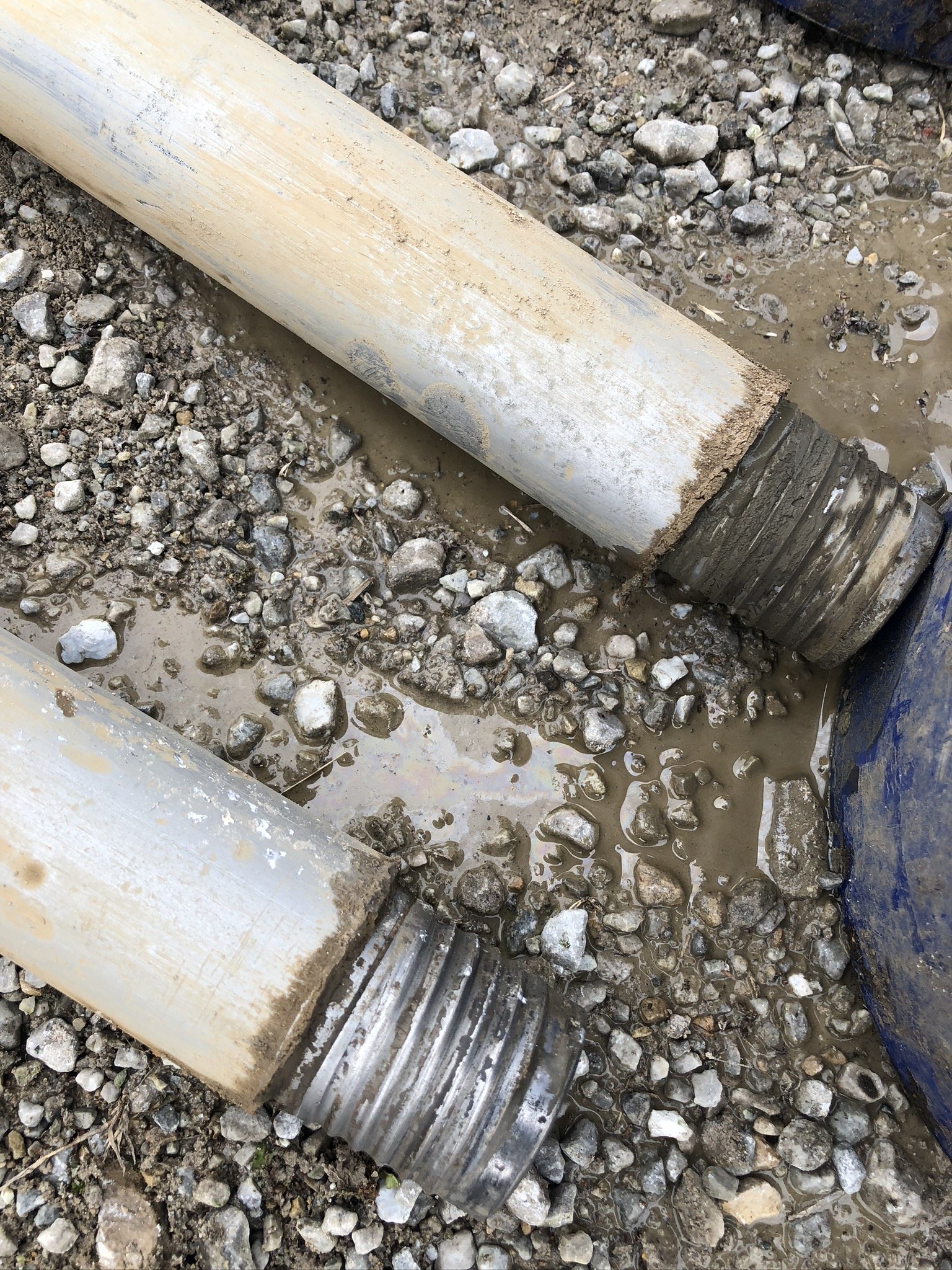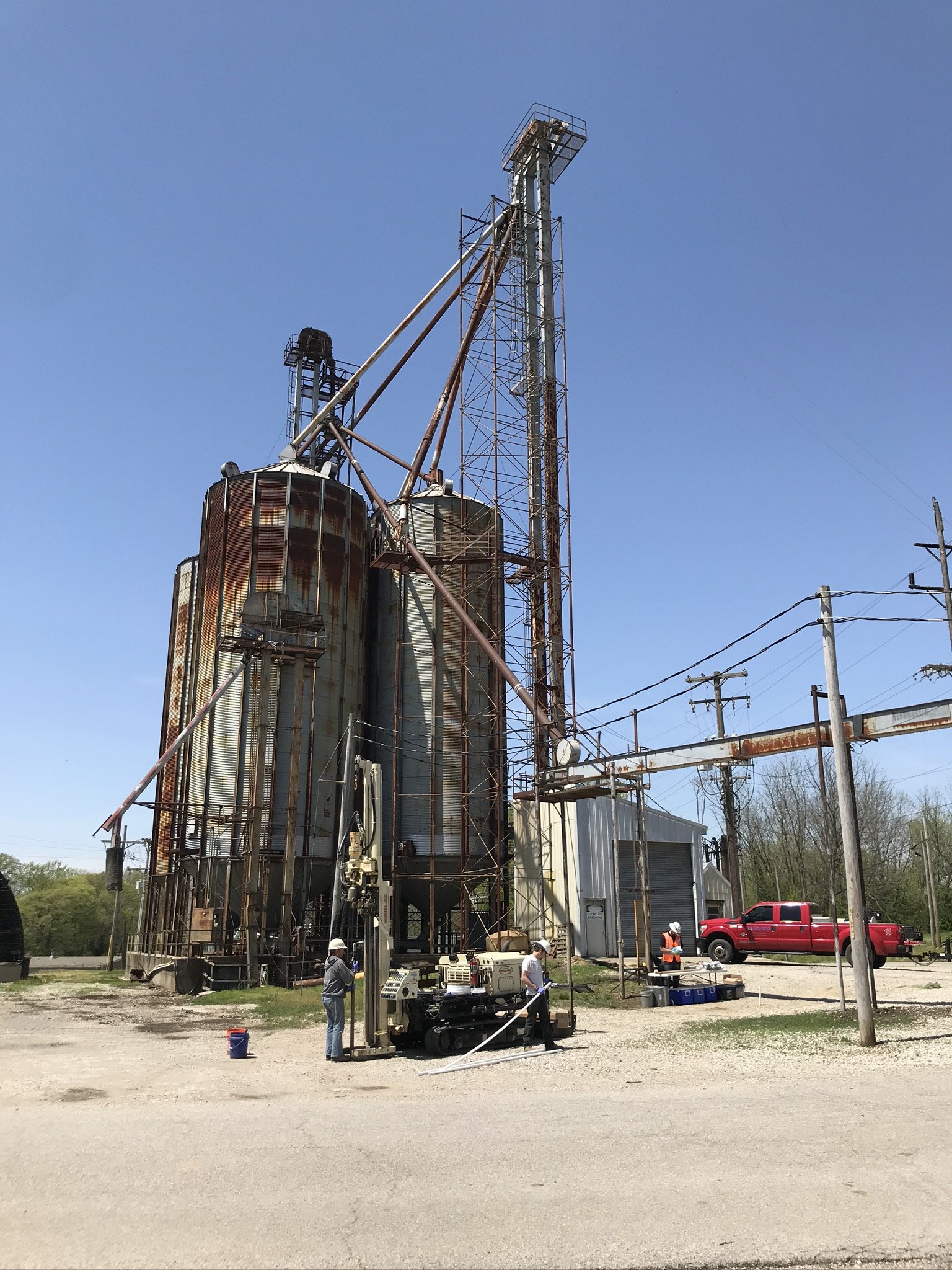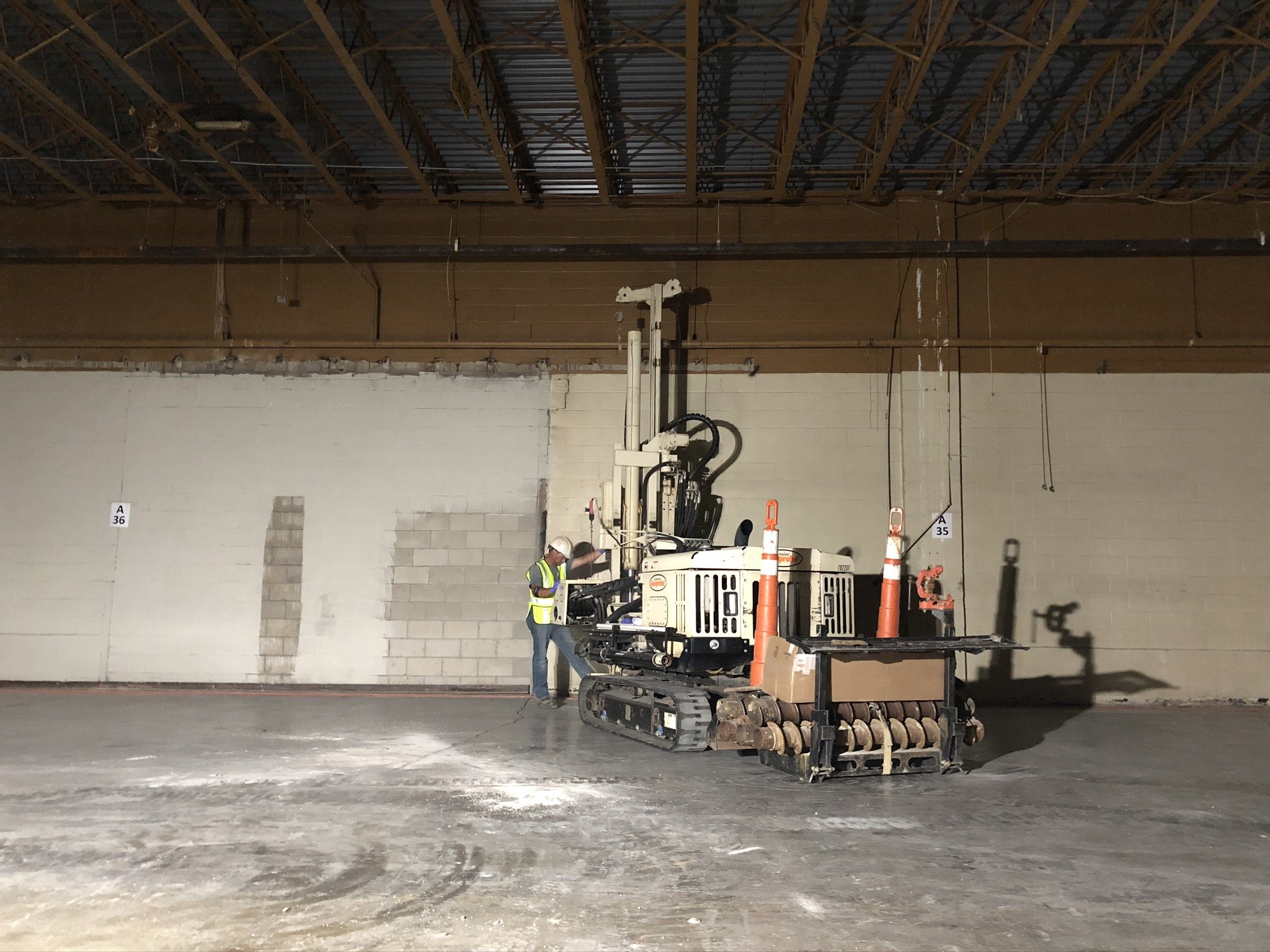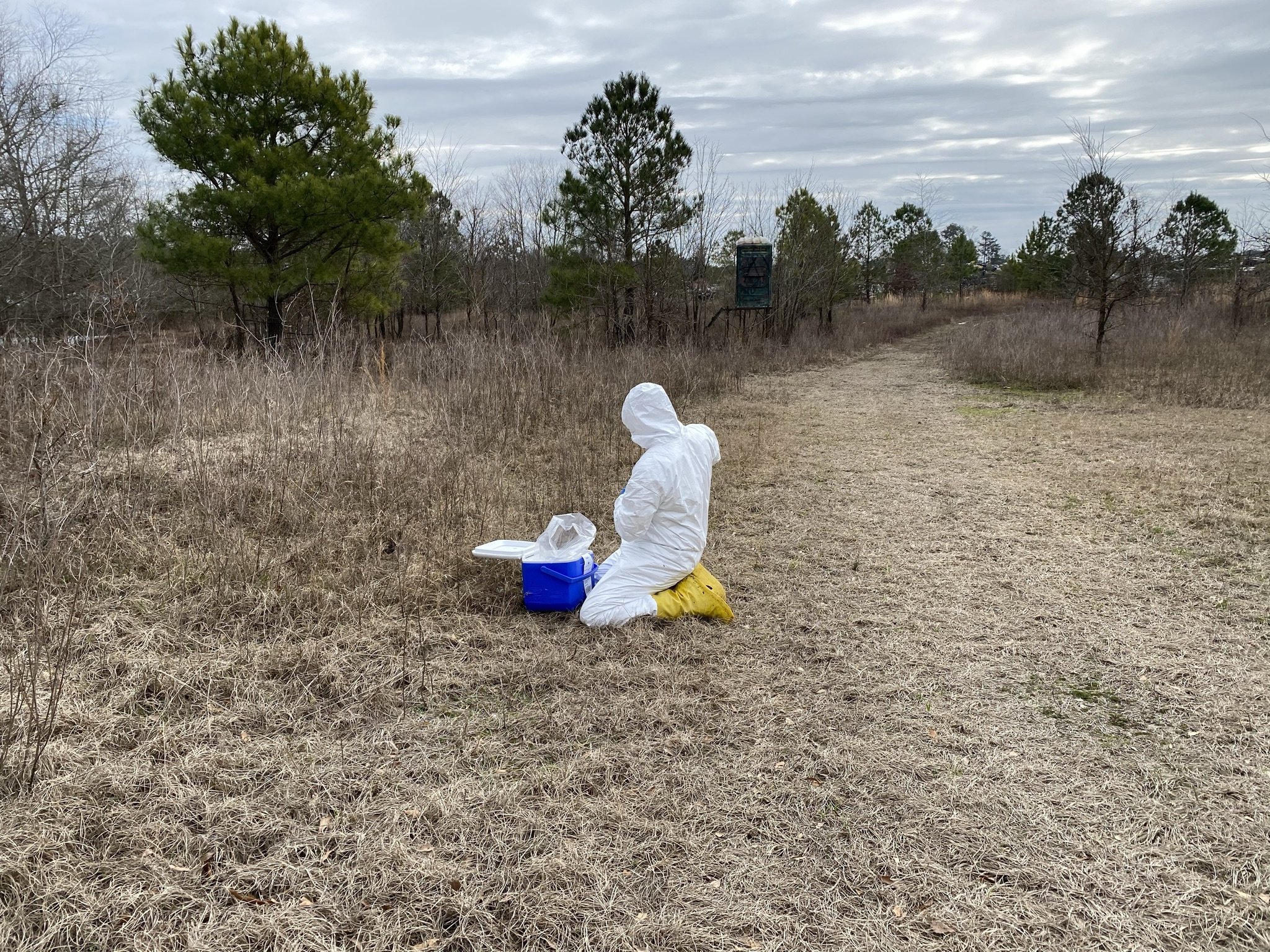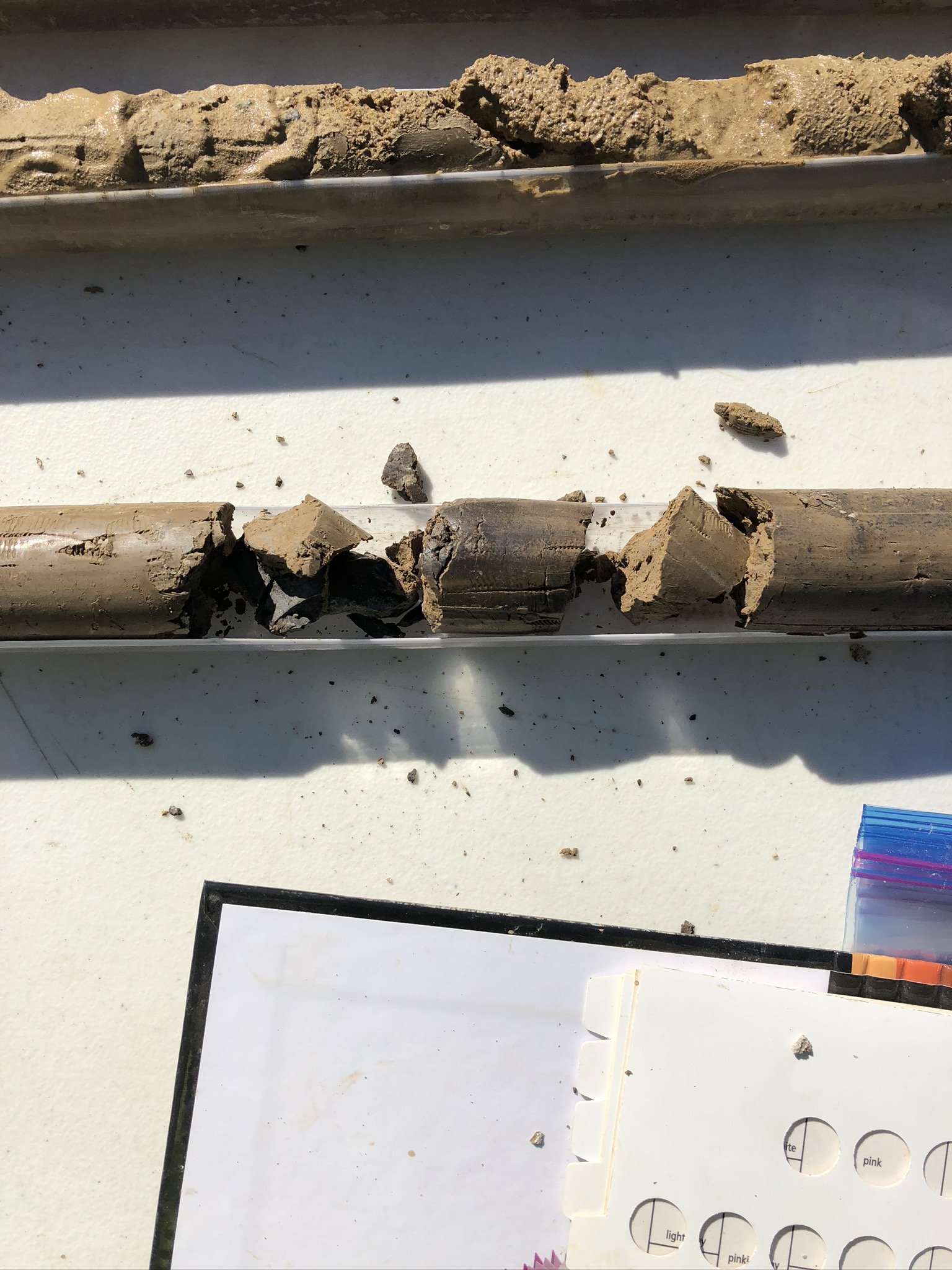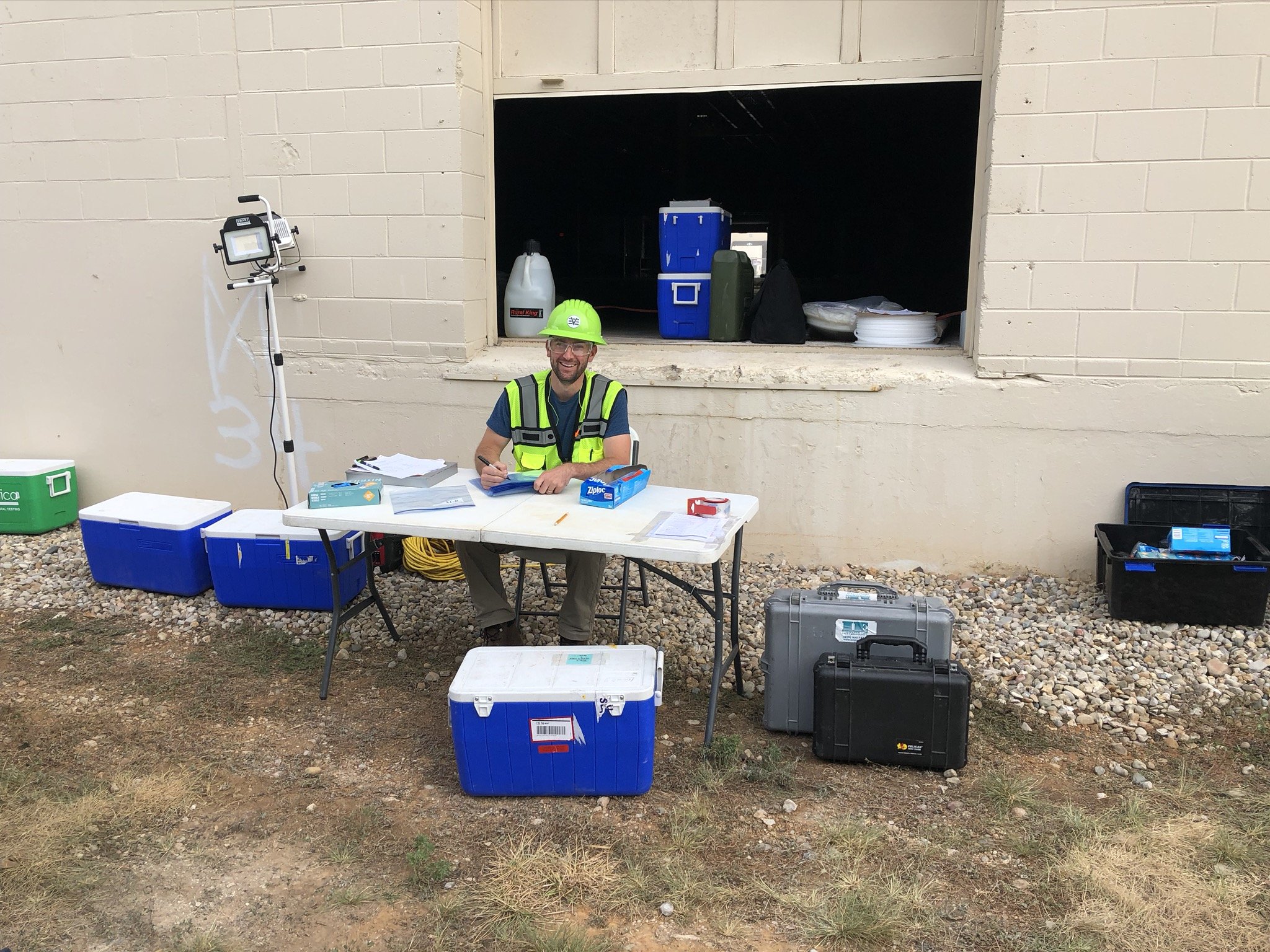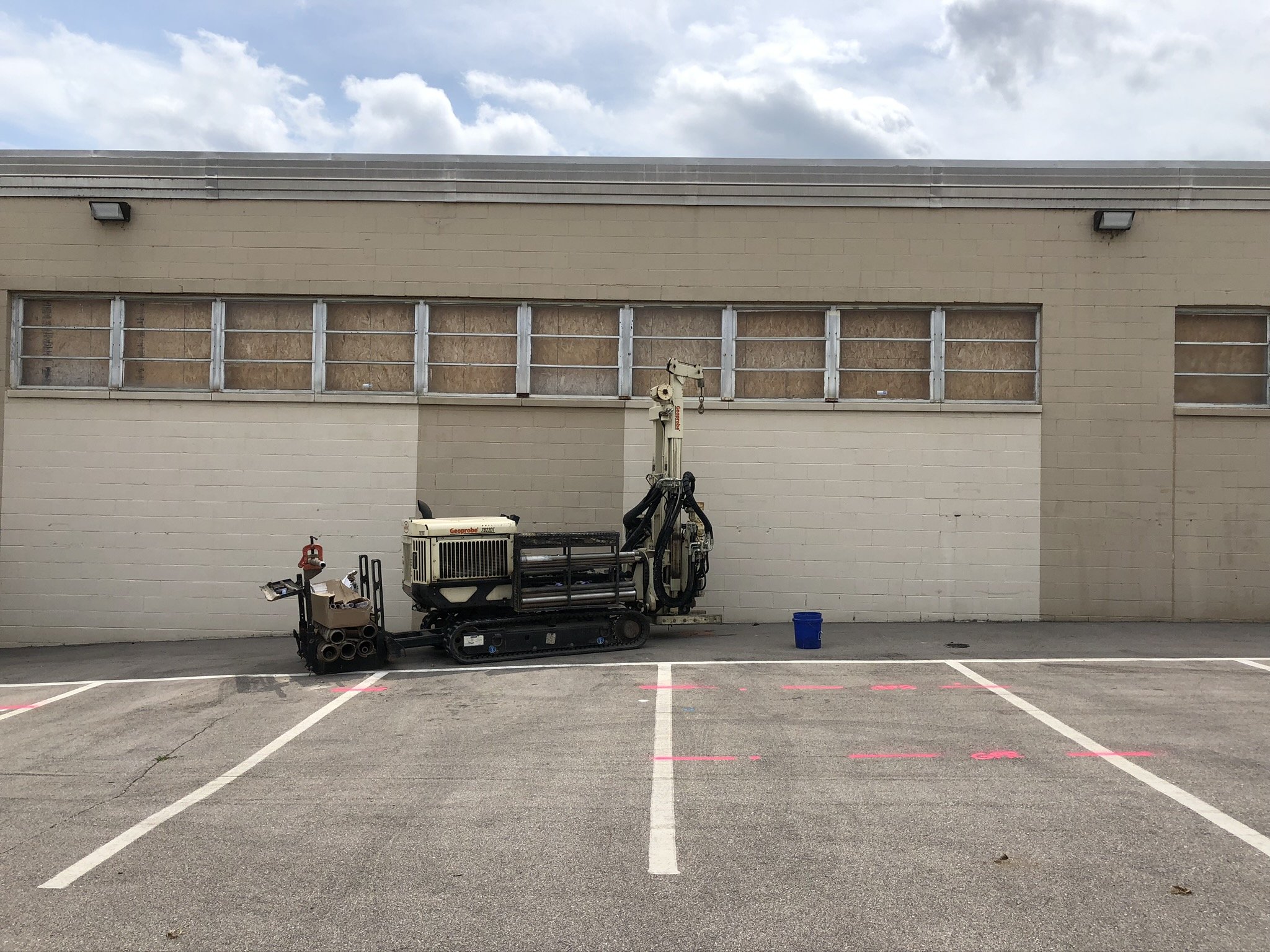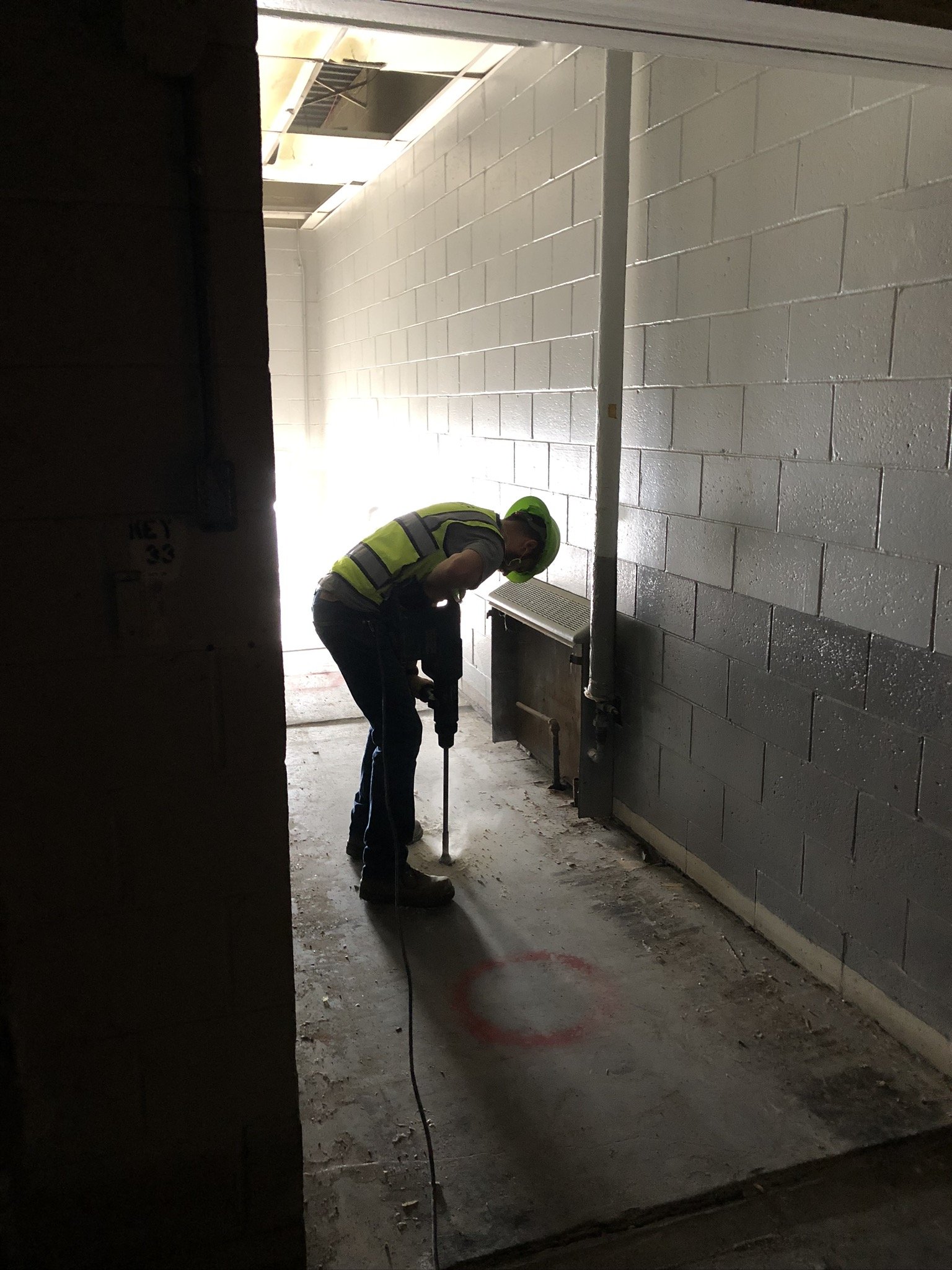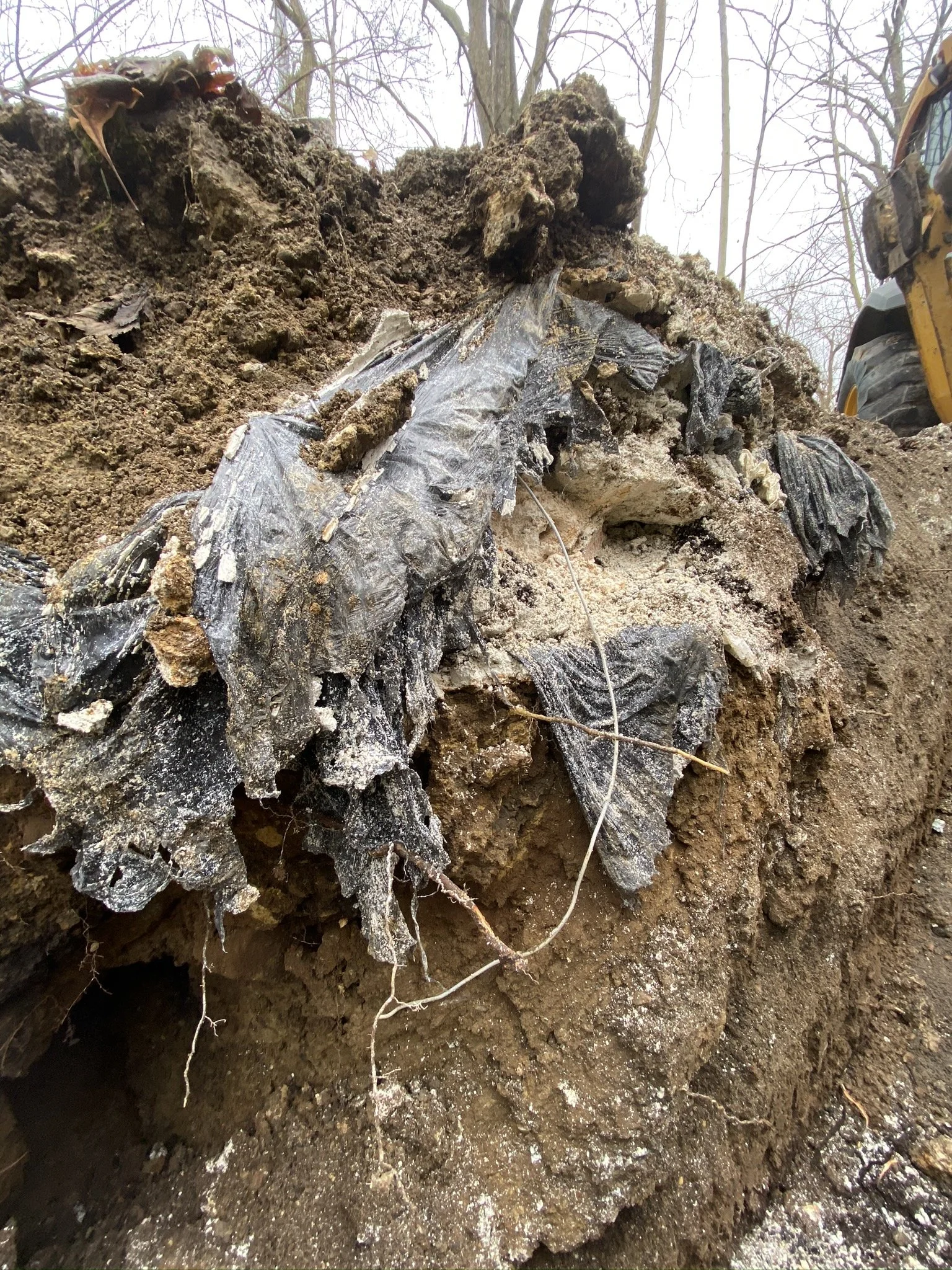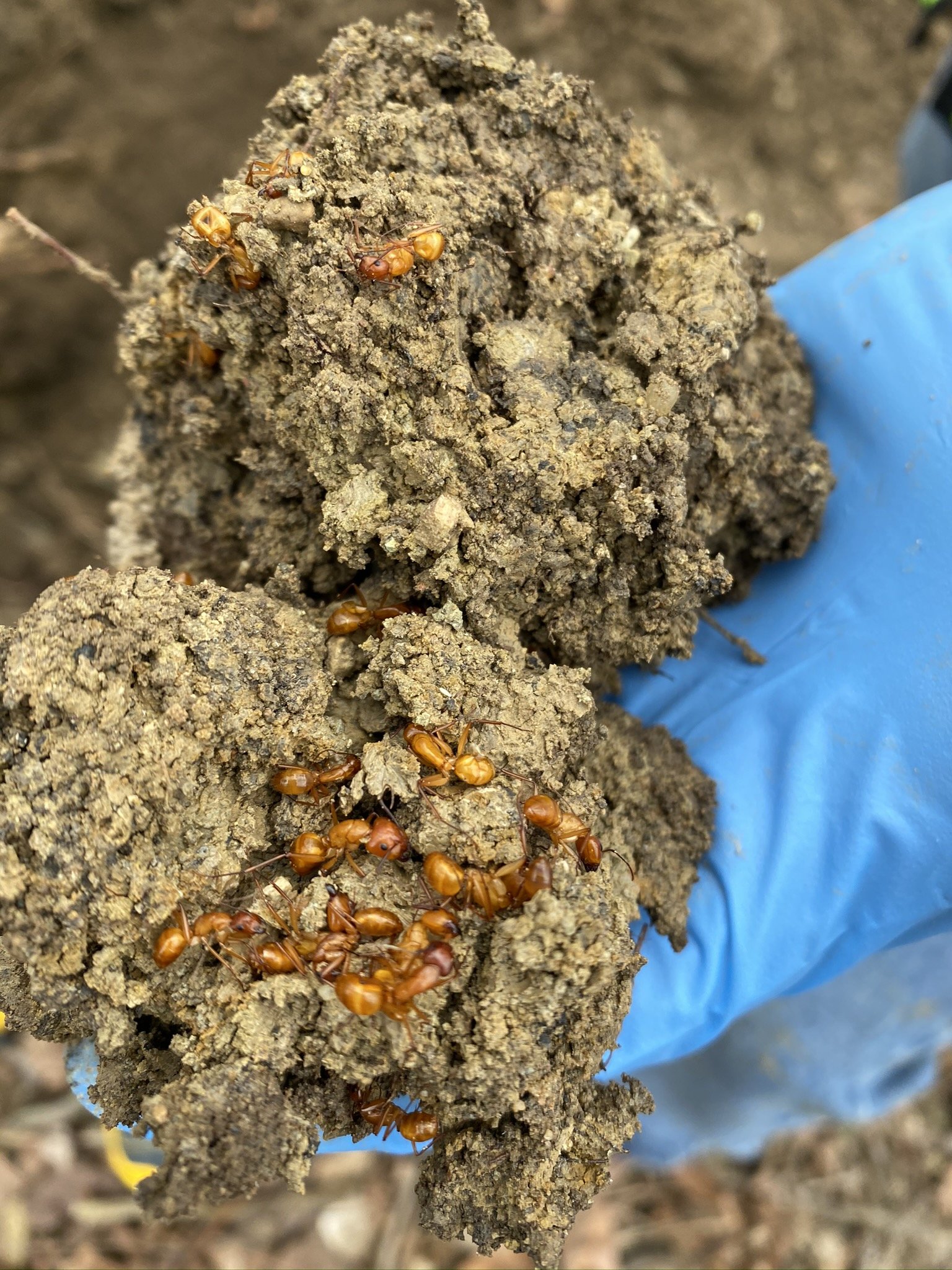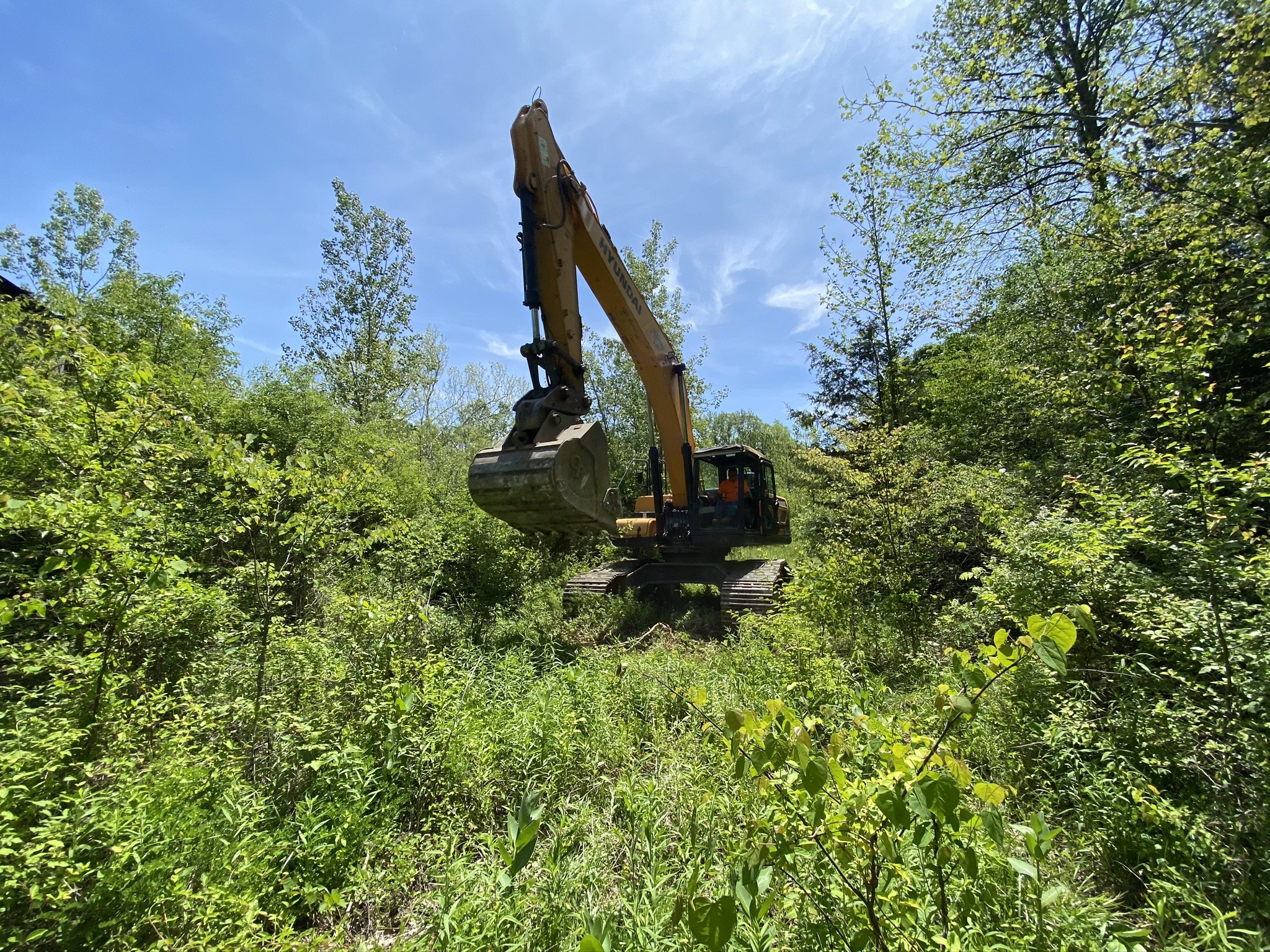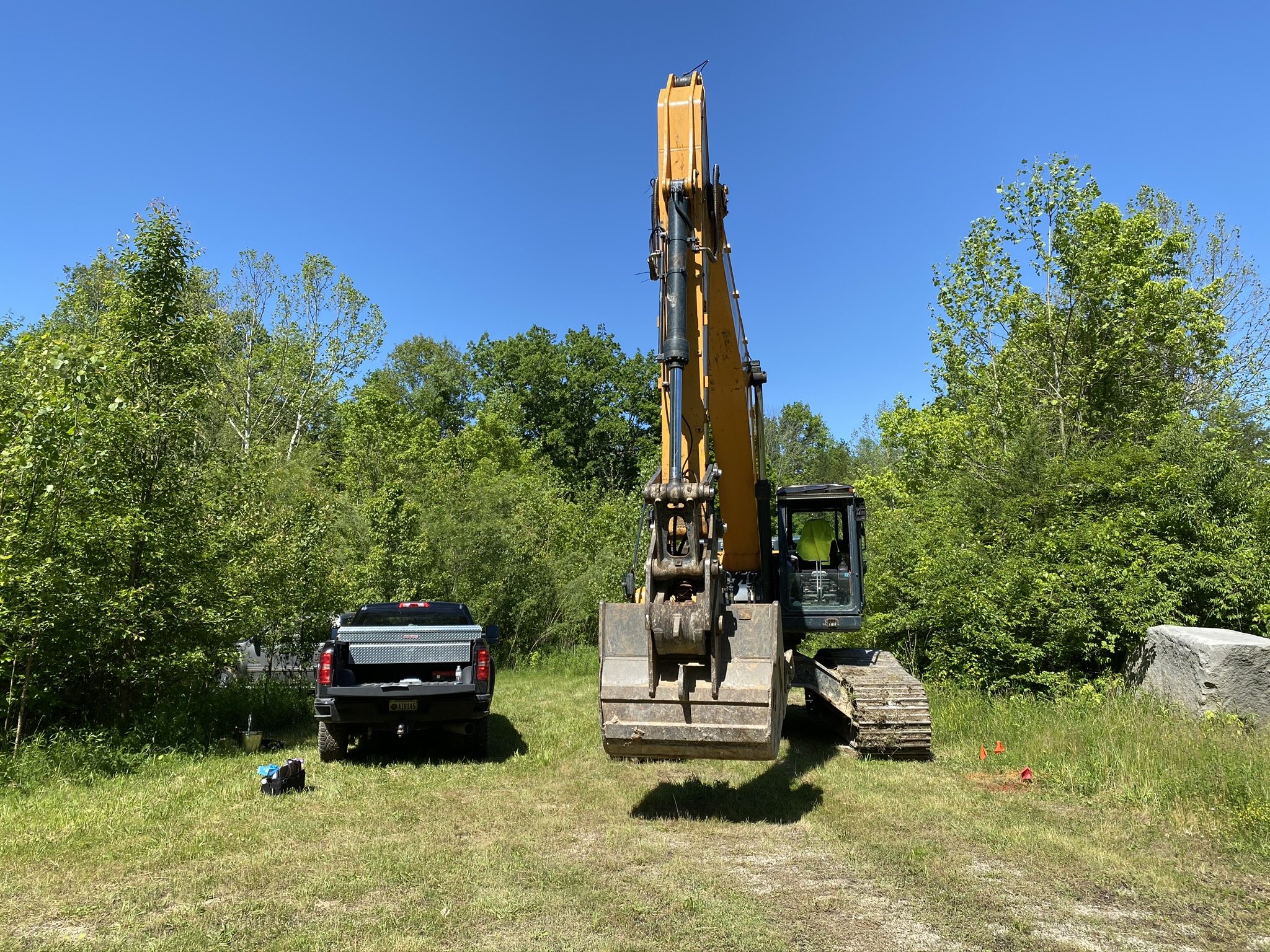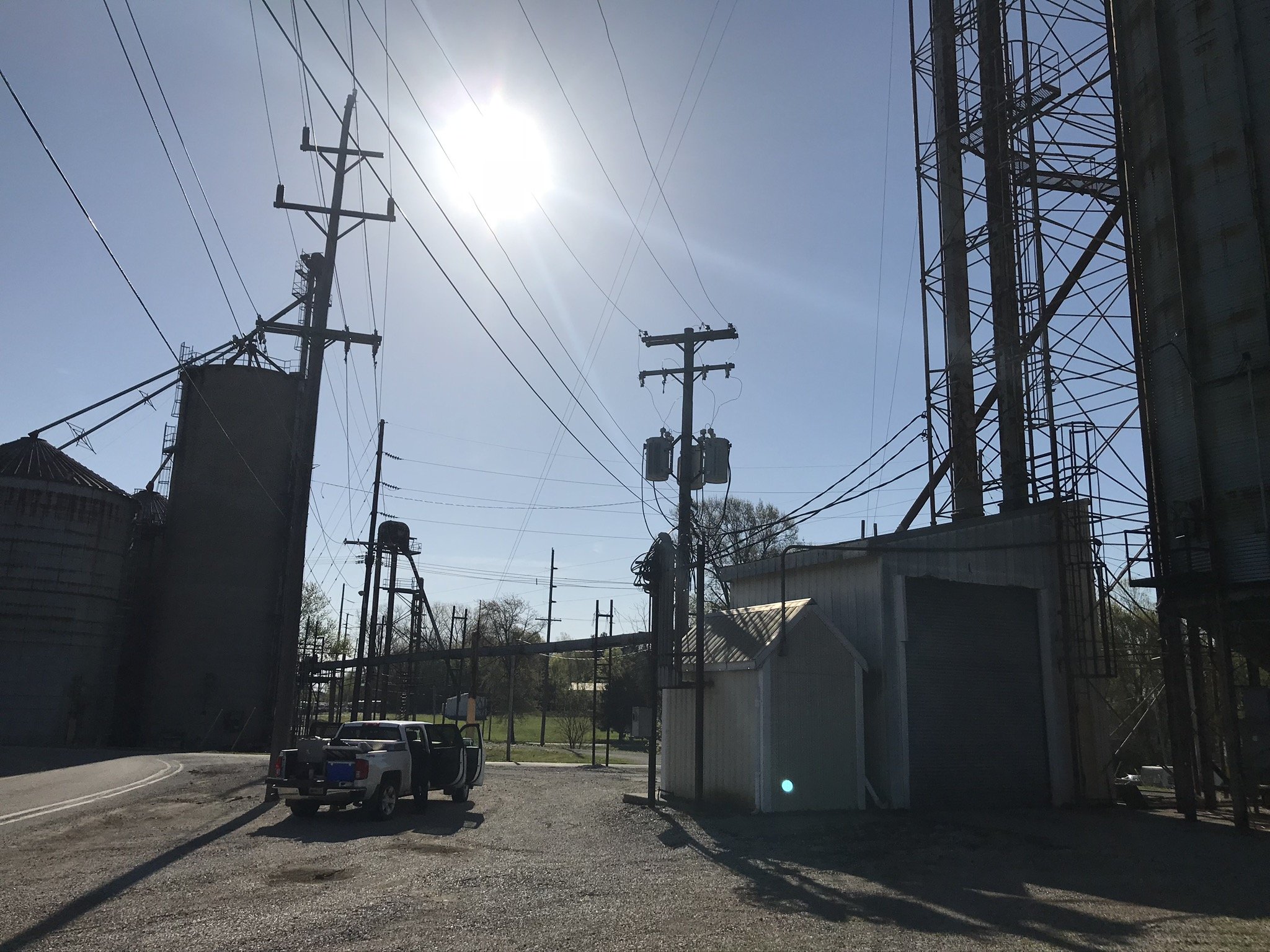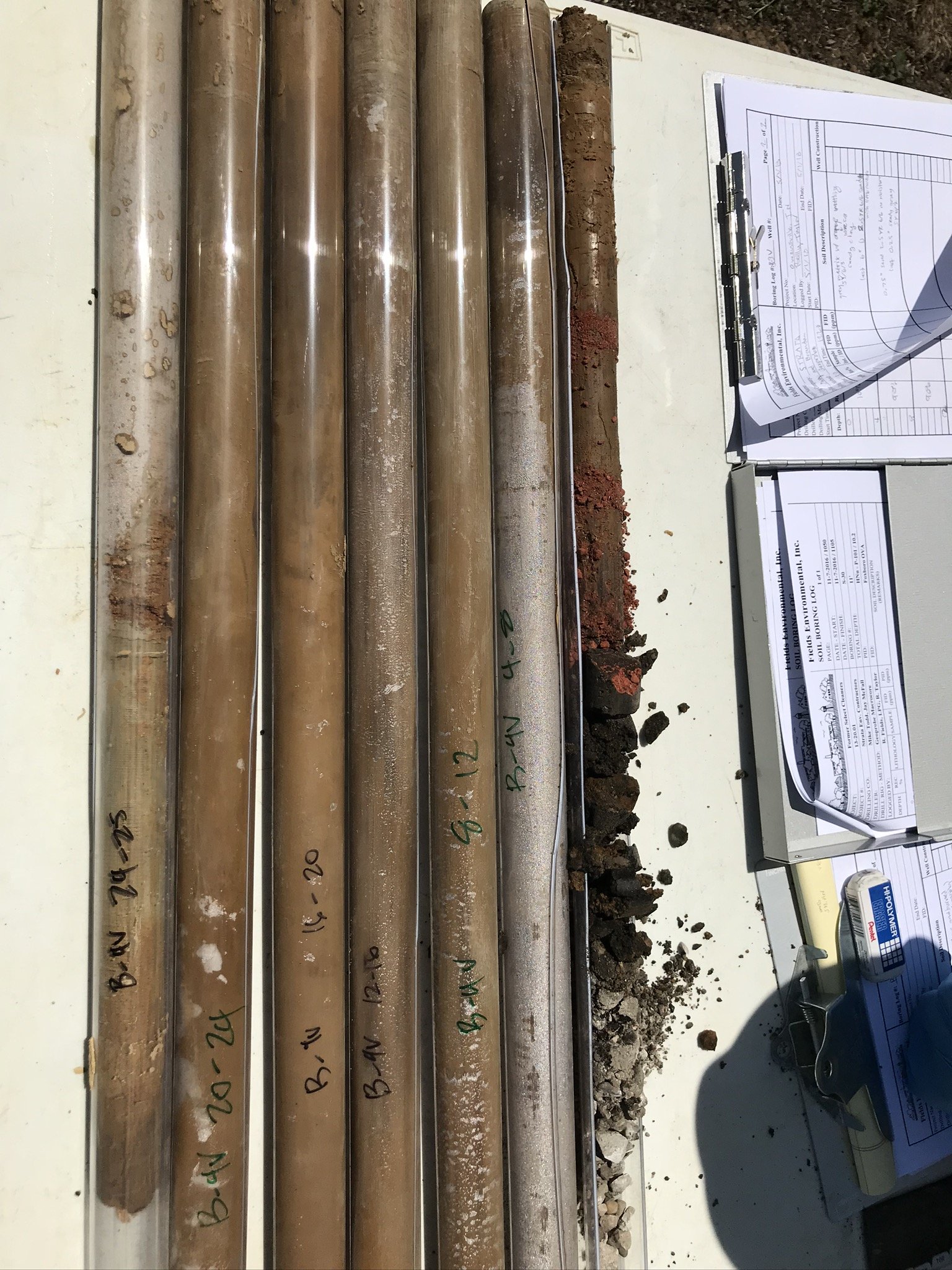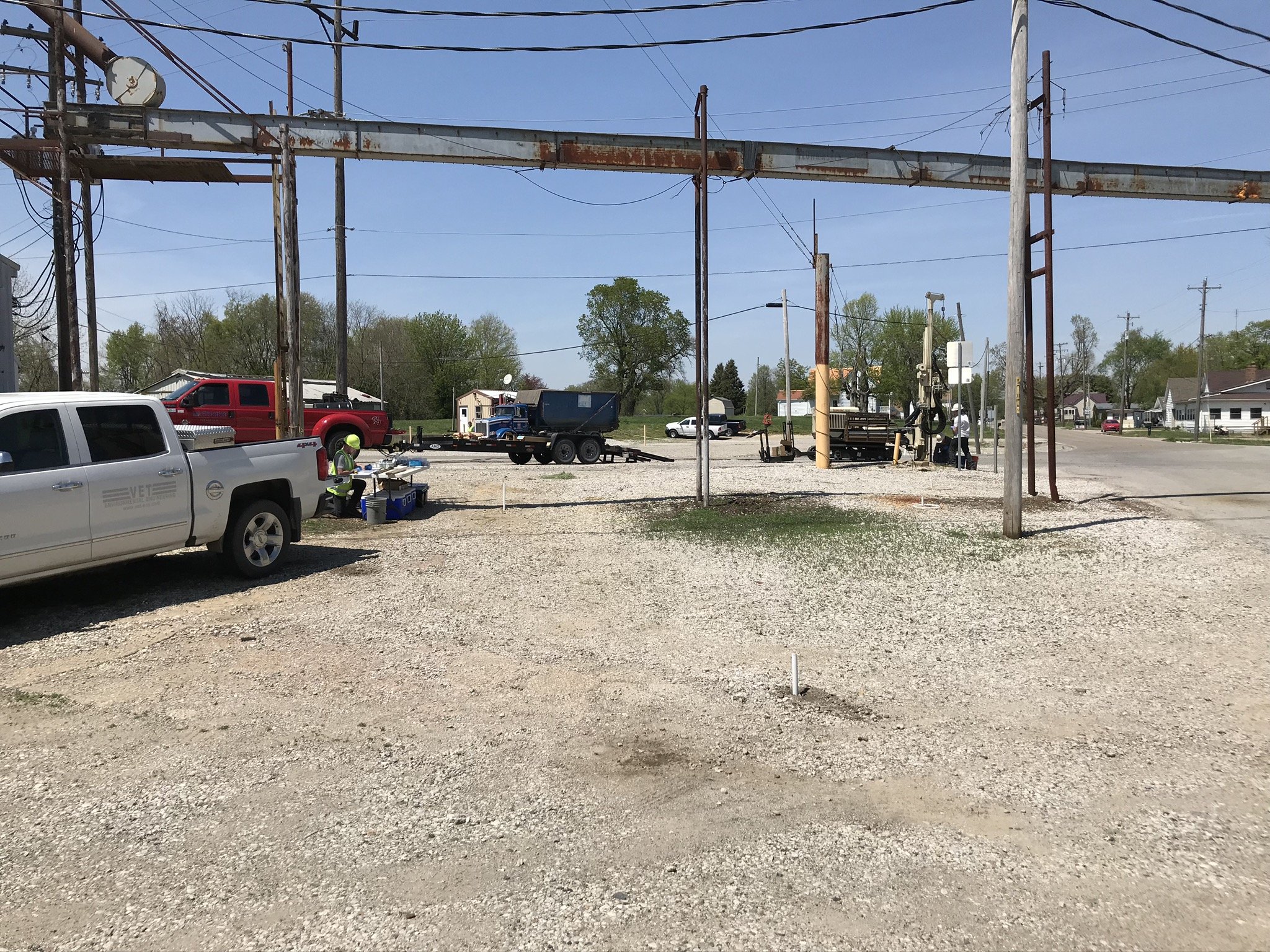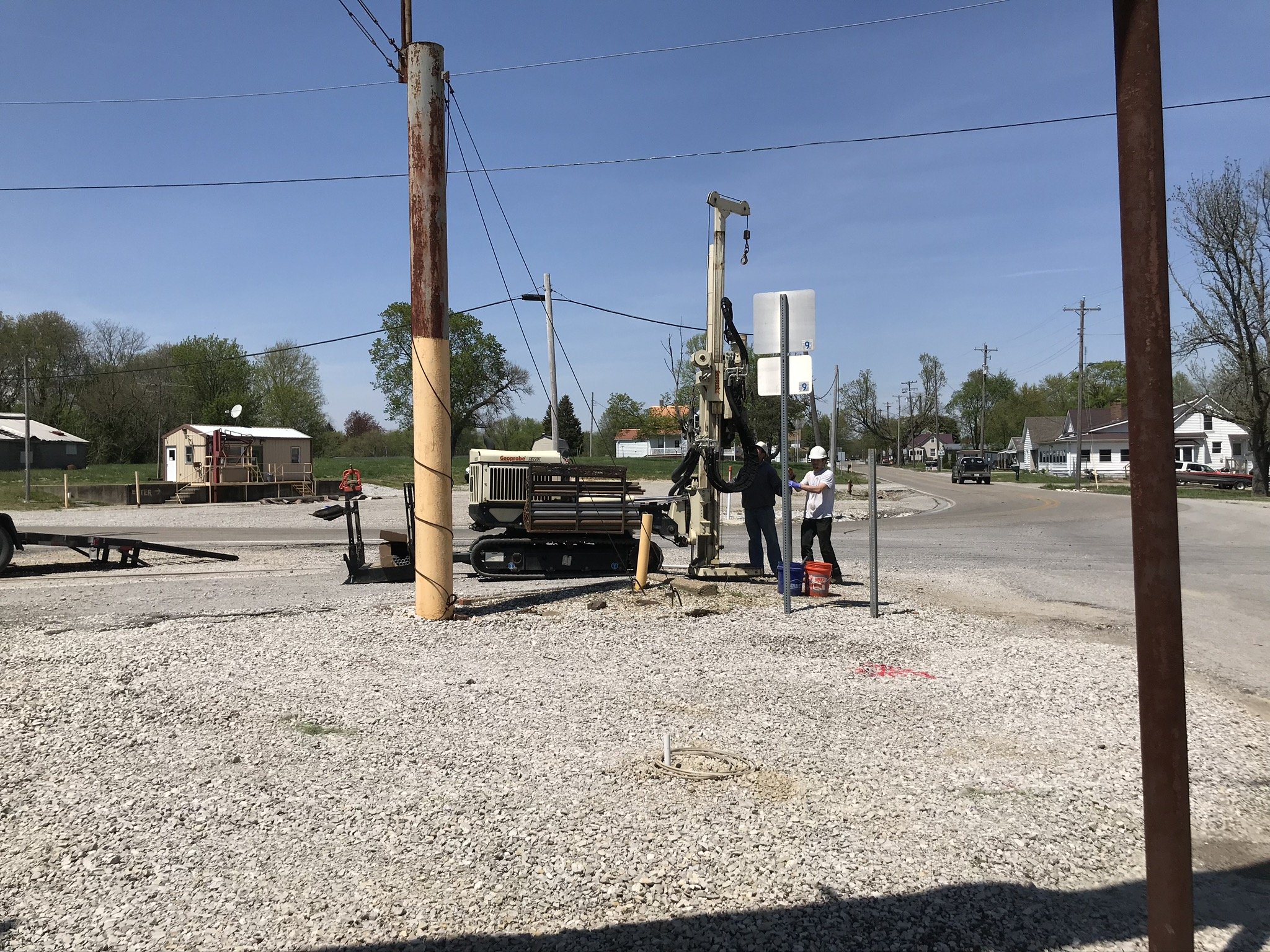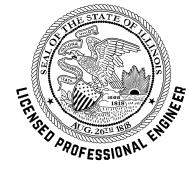How can we help you?
In certain situations, the outcome of a Phase I Environmental Site Assessment (ESA) is the recommendation for further environmental investigation to confirm the presence or absence of hazardous environmental conditions that may exist on a commercial or industrial property. VET takes into consideration potential exposure pathways given particular Recognized Environmental Conditions (RECs) identified within the Phase I ESA that suggest the likelihood of potential contamination and develops a Phase II Environmental Investigation tailored to specific project needs and requirements. VET provides support to commercial and industrial developers, insurance agencies, various levels of investors, and a multitude of other organizations. VET provides a wide range of analytical testing services that include analysis of soil, groundwater, indoor air quality, and sub-slab soil gas to identify contamination.
-
A Phase II ESA includes collecting and analyzing samples from areas most likely to be contaminated. The scope of the Phase II ESA is driven by the overall findings of the Phase I ESA. The process and method of collecting samples varies depending on the REC(s) identified, and the historical or planned use of the property. VET’s wide range of sampling capabilities, including soil, groundwater, indoor air, and sub-slab soil gas, equips our firm to tackle a wide range of investigations. VET will develop a site-specific investigation that makes sense for your property. VET’s team of environmental professionals is uniquely qualified to conduct credible and cost-effective Phase II ESA investigations that meet our clients’ needs. Click here to learn more about standard practices for Phase II ESAs.
-
The ultimate goal of a Phase II ESA is to determine if contamination at your property is a concern for human health and/or the environment. However, there are many other reasons to perform a Phase II ESA, depending on the party involved.
Lender or Bank: If the Phase I ESA was required by a bank or lender, a Phase II ESA will likely be required to protect their investment if the Phase I ESA identified any RECs. A Phase II ESA is the only way to know if the identified RECs are indicative of actual environmental impacts on the property. In some cases, contamination levels can prohibit future development and generate significant clean-up costs for the property owner, facility operator, or other responsible party.
Buyer: As a buyer, you want to ensure you are making a good financial investment. A Phase II ESA can reduce liability by identifying contamination before you invest your money into a property. Commissioning a high quality and comprehensive Phase II from VET lets you know exactly what you are purchasing and allows you to make an informed financial decision.
Seller or Owner: Phase II ESAs can protect you from long-term environmental liability costs by identifying contamination on your property. Clean up costs can be considerable, and increase exponentially if contamination migrates off-Site. Commissioning a Phase II ESA lets you know exactly where your property stands, and provides you with the tools you need to exercise effective decision-making.
Click here for more information regarding the Superfund Landowner Liability Protections.
-
VET utilizes a comprehensive list of chemicals of concern (COCs) to evaluate a property during a Phase II ESA. The COCs tested represent a wide range of petroleum, metals, and other common industrial and commercial contaminants. VET will add or subtract analytes, as necessary, based on your property’s history and to ensure that any RECs identified are appropriately investigated. The COCs listed below are commonly investigated during Phase II ESAs.
Volatile organic compounds (VOCs): VOCs are organic compounds that have high vapor pressure at room temperature and volatilize readily to ambient air.
Semi-volatile organic compounds (SVOCs): are a subgroup of volatile organic compounds that have a higher molecular weight and higher boiling point.
Polycyclic aromatic hydrocarbons (PAHs): PAHs, a subset of the SVOCs list, are ubiquitous in the environment in areas of historic industrial operations and some are carcinogenic to humans.
Resource Conservation and Recovery Act 8 Metals (RCRA 8 Metals): RCRA 8 Metals consist of naturally occurring, inorganic, heavy metals that are generally found in areas adversely impacted by human activities from prior land use.
Polychlorinated biphenyls (PCBs): PCBs are long-lived, relict, synthetic chemicals historically used as insulators in transformers and capacitors in electricity distribution systems, appliances, automobiles, and a range of other commercial products.
For more information on different types of contamination, click here.
-
Once VET receives analytical results from the laboratory, our environmental professionals will compare the results to applicable screening levels. Screening levels vary by state and are established based on the proposed land use, toxicity levels, and risk of human exposure. VET will determine what screening levels are applicable to your property based on the most likely contamination exposure route and the property’s intended land use. Generally, if analytical results exceed applicable screening levels for your property, further investigation and/or remediation is warranted. VET will produce a detailed Phase II report that interprets the analytical results for you. VET will help you understand exactly what the results mean and how the results impact your project. The United States Environmental Protection Agency (USEPA) has developed a list of regional screening levels that some states have adopted today. You can download the most recent regional screening levels from the USEPA website here.
-
Many variables come into play while planning and conducting a Phase II ESA. Coordinating subcontractors, obtaining site access, and suitable weather conditions must all come together in order to collect samples suitable for laboratory analysis. Laboratory analytical turnaround time is typically one to two weeks, depending on the type of samples collected. Rush analysis can be accommodated on a case-by-case basis. Once analytical results are received, VET will review the data and prepare a final report. Generally, the standard turnaround time for a Phase II ESA is four to six weeks from a signed contract. VET understands the dynamic nature of real estate transactions and will make every effort to accommodate a timeline that works for you.
For more information about interpreting the results of a Phase II ESA, click here.
-
Unlike a Phase I ESA, which is valid for 180 days, a Phase II ESA doesn’t have a straightforward expiration date. Data collected as part of a Phase II ESA only represents the site conditions when the data was generated. Conditions at a property can change quickly. Some local and state laws mandate that subsurface investigations are only reliable for one year. Additionally, new contaminants, such as per- and poly-fluoroalkyl substances (PFAS), are being discovered and better understood every day. As science unveils new findings, environmental regulations and laws adapt accordingly.
Relying on an outdated Phase II ESA might save a few thousand dollars up front, but could end up costing hundreds of thousands of dollars down the line. Play it safe, and get an updated Phase II ESA. VET’s team of environmental professionals is equipped to address our clients’ specific and evolving needs to provide targeted and exceptional Phase II ESA investigations. Click here to stay up to date with the latest environmental laws from the USEPA.

